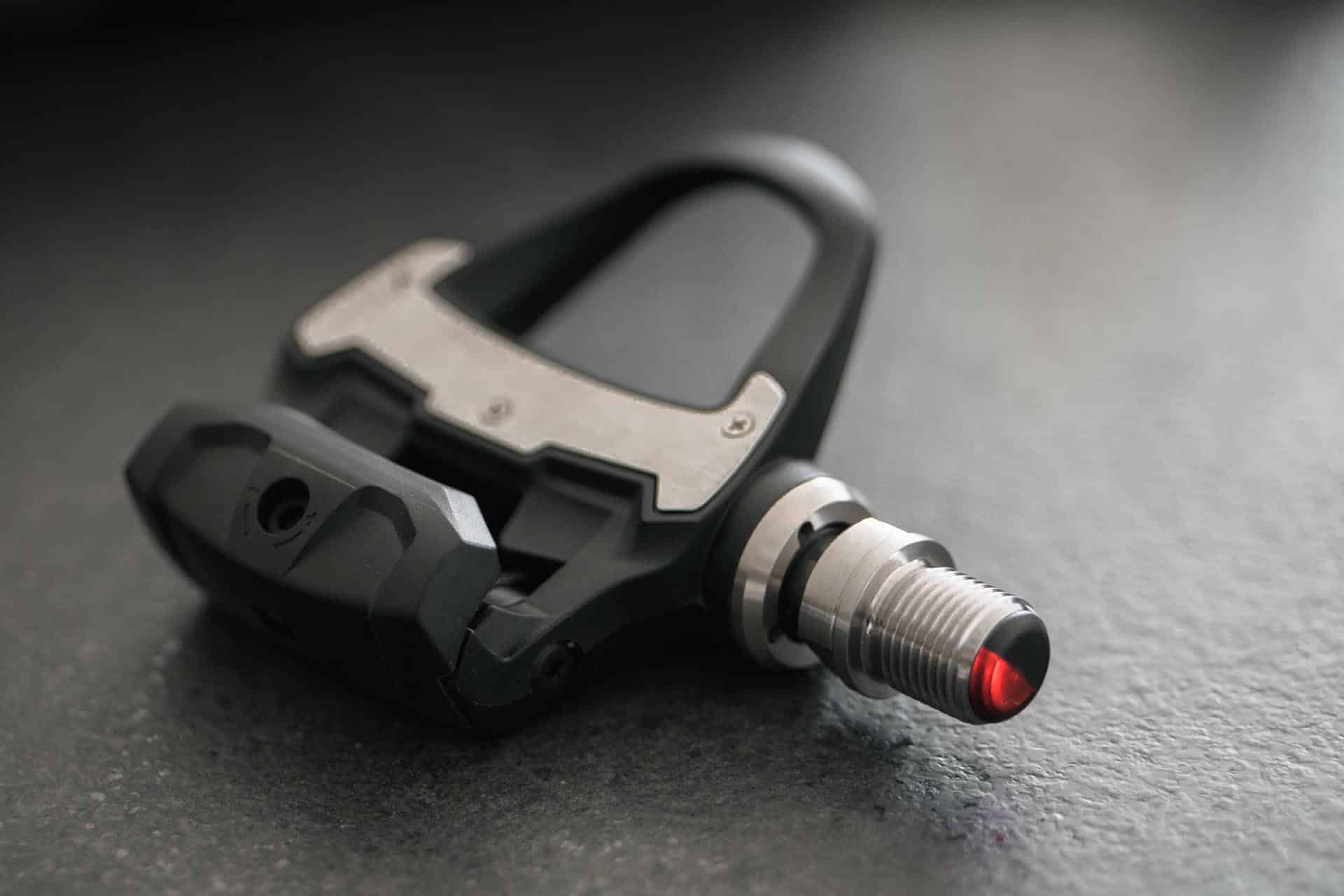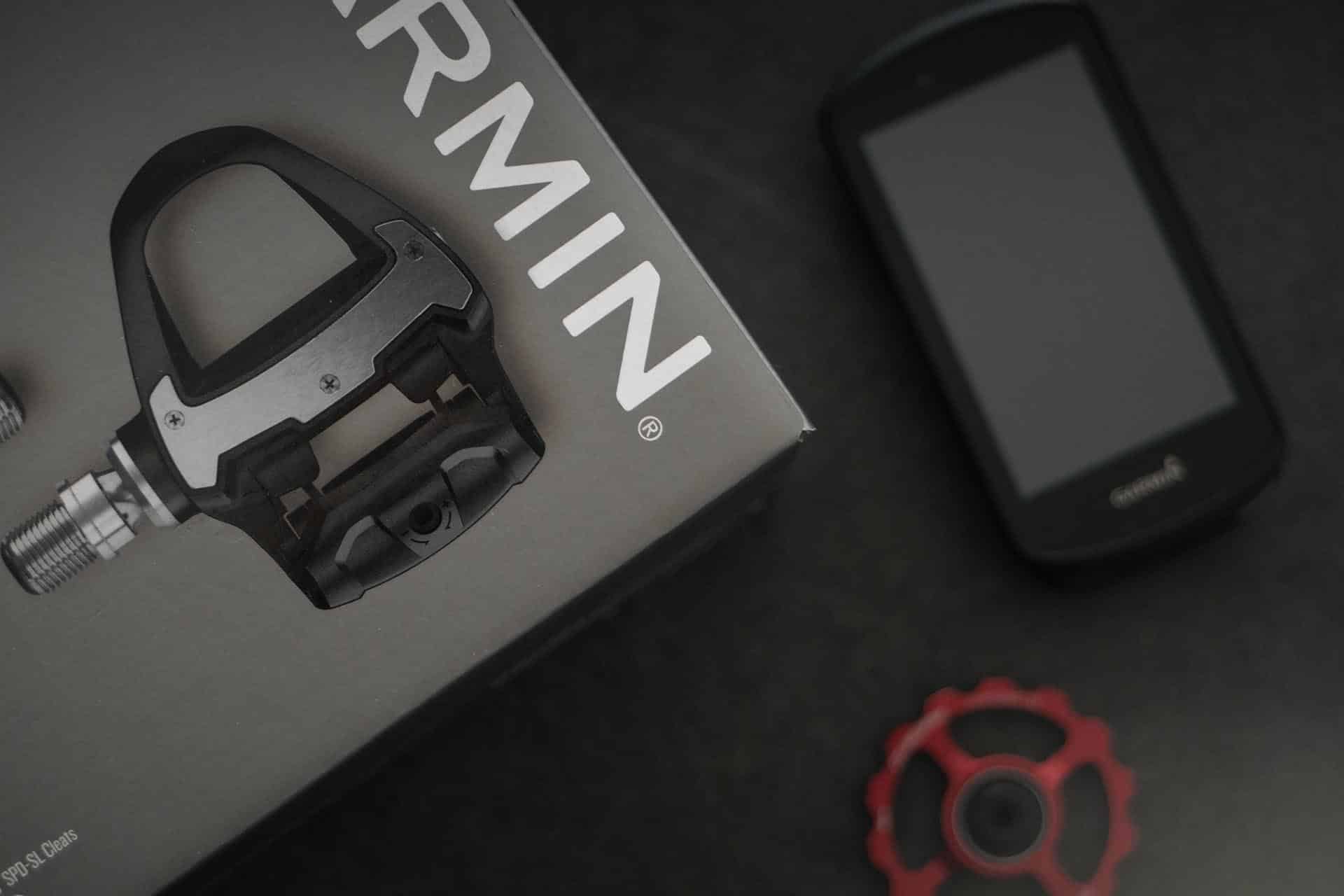Are the latest Garmin Rally RS200s worth it?
Brand new and beautiful! Garmin very recently launched not one but three new pairs of pedals. The Garmin Rally RS200s all feature a power sensor, of course. Enough to compare himself to Filippo Ganna in a Giro d’Italia time trial… or not! These three pairs, dedicated respectively to MTB and Road (Shimano SPD-SL and Look KEO), come in two versions: 100 and 200.
Simply to mark the difference between unilateral and bilateral measures. Note that you can start with version 100 and then upgrade to 200 with an additional body.
Stop talking, say hello to #unboxing! What's inside a Garmin Rally RS200 SPD-SL box?
In the box, a pure Garmin product
The packaging is an experience in itself, with a pleasant mix of satin and gloss elements. The pedals are so well positioned in their foam casing that you almost hesitate to disturb them to mount them and inevitably abuse them by engaging and disengaging them with your fingers. Shimano SPD-SL cleats (because yes, that’s a new thing!), sign sprints and leaning against a low wall during the coffee break.
It’s all set! I mount them carefully on my SCOTT FOIL! The pair weighs 67 grams more than my standard Shimano Ultegra SL pedals. Extremely reasonable, considering the technology on board and the fact that I’m a Belgian classics rider on my own.
Plug & Play
Back to basics and assembly with a pedal spanner or a 15mm open-end spanner (I’ve done rather well not to part with it yet). And the reason is obvious: the classic BTR footprint of your Japanese pedals has been replaced by the Bluetooth /ANT+ transmitter. This flashes discreetly in green when the connection is made. It’s not enough to liven up a disco on a Saturday night during the non-covid season, but it’s still very high quality.
Synchronisation with my Garmin 830 in just 7.3”! Yes, it’s possible! The pedals are already recognised as a Left and Right set, so there’s no need to download a moderately developed app to associate the two before connecting them to your favourite Garmin. One more tap on the screen to calibrate them (before each ride) and off you go.

A wealth of data
By the time you have displayed the new screen, you realise that there is a lot of information:
- Right/Left balance (if you have opted for the 200 series – the Garmin Rally RS200)
- All possible power intervals (my setting has historically been 3”, so I’m keeping this one)
- Cadence
- Offset Right/Left: do you press the centre of the pedal or not?
Analysis on Garmin Connect will show you the time spent sitting vs. standing, as well as all the related data. Now you know how good I am at riding classics? I might as well not tell you that I haven’t yet done more than 6′ of standing pedalling, 2′ of which were spent putting my bibshorts back on.
This data, and there is a lot of it, will only be useful to you if you have the time, patience and interest to interpret it. They are, however, a fantastic source of information to help you optimise your pedalling and your position on the bike, which has a huge influence on the angle of attack and power distribution.
By optimising your pedalling phases, you will be able to gain a few degrees of pressure, balance the effort of the hamstrings and quadriceps and the lateral shift. It’s a never-ending game to optimise your saddle height, the position of your cleats and perhaps finally understand where that chronic knee pain comes from, who knows! As this tyre brand used to say: power without control is nothing. It all sounds a little too professional, but it’s a real plus!

Last details
In terms of pure numbers, the wattage seems a little less optimistic than my previous Dual Stages crankset (reputed to be rather nice) but also less sensitive to variations in temperature and atmospheric pressure. We’re talking about a measly one or two per cent here; if you use the same material over and over again, your reference won’t know the difference.
Now that you’ve got those pedals in hand (or rather, in your feet), it’s time to brace yourself at your FTP in time trial position, elbows tucked in (so not like Richie Porte, eh?) and hold on tight. This is the Rolls Royce of pedals (and probably of power meters), but like all Rolls Royces, it will require a little attention. The pod-free design – those unsightly remote sensors seen on the brand’s first version – houses CR1/3N batteries. Not necessarily at the head of the aisle in your favourite Super U, they will cost you around twenty euros for a pack of 5 units, but will each last around 120 hours.
Note, however, that the gyroscopic sensor will bring them out of sleep mode the first time they are rotated, and they will take a few minutes in the stationary position to go back to sleep. So make the most of rest periods, even for your pedals, and when your bike is in the garage, don’t dance around with it all night, otherwise the batteries will wear out more quickly.
The battery inserts, brilliantly machined from CNC aluminium, can be removed using a 4 mm BTR key. Professional tip: apply a drop of blue Loctite to the screw threads as soon as possible to prevent them from loosening, disconnecting your pedals and ending their life prematurely at the side of the road. Experience, experience…


